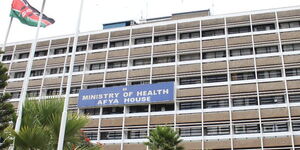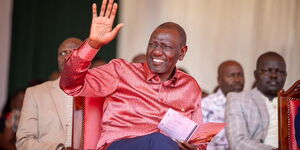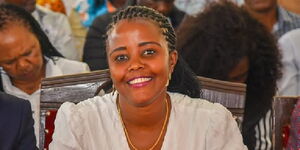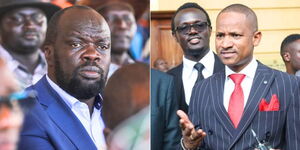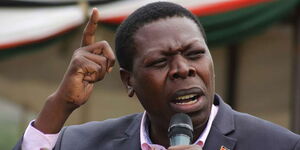The government has spent Ksh25.7 billion on the elderly welfare program from the year 2007 to 2019.
Interviews conducted by Citizen TV on February 17, 2020, on several beneficiaries of the welfare program unearthed several imperfections in a project at the heart o President Uhuru Kenyatta's legacy.
Godan Dillo, now 82, was one of the beneficiaries who registered with the Inua Jamii program in 2010 when he was 72.
His son Mohammed Godan stated that the program worked well for two years before the assistance was abruptly cut off.
“Before, it worked well at the post office. He would get the money easily, if they looked and found you in the system they would give you the money.”
In November 2018, their faith in the program was momentarily restored when the government introduced new digital registration for the elderly.
Godanna Dillo, 82 did not receive a token after his arthritis served as an impediment to digital registration.
The family provided that they had moved from office to office trying to get the situation rectified but to no avail. Godanna has since then not received any of the funds that have been set aside for him and those like him.
Veronica Wairimu, 92, from Nyeri is another beneficiary of the Inua Jamii program. Since she registered, she discloses that she has had no problem accessing the money.
She, however, stated that as she is frail and the journey to get the money is difficult, she must be carried. Her daughter, Rosemary Macharia further highlighted the problems they’ve been experiencing with the digital system.
“Sometimes we go there [to get the money] and her fingerprints fail; you cannot be given money if the fingerprints fail.”
The Inua Jamii program has been in place since 2007 but the digital revamp was rolled out in 2018. The program gives Ksh2,000 per month with some saying that the money is only enough to cover food.
A World Bank survey in 2019 indicated that 80% of all social protection expenditure goes to the elderly in Kenya.
The cash-transfer program which was intended to protect the target population from extreme poverty may not be as effective as it could be, given that it targets all 70+ citizens irrespective of economic standing.
Currently, the allocations of the social security programs for 2019-2020 have the elderly allocated the largest share at Ksh.16.6 billion in comparison to Ksh 7.9 billion for orphans and vulnerable children.
The report stated that though the idea behind the elderly social assistance program was well-intentioned, there would be more to gain in increasing assistance during the early years while increasing working-age security.
“Social protection expenditures are largely skewed towards the elderly, it would be important for the country to invest more in human capital in the early years and in providing security and protection for the working age.”
The elderly, who form 4% of the population, currently receive 80% of the assistance.


